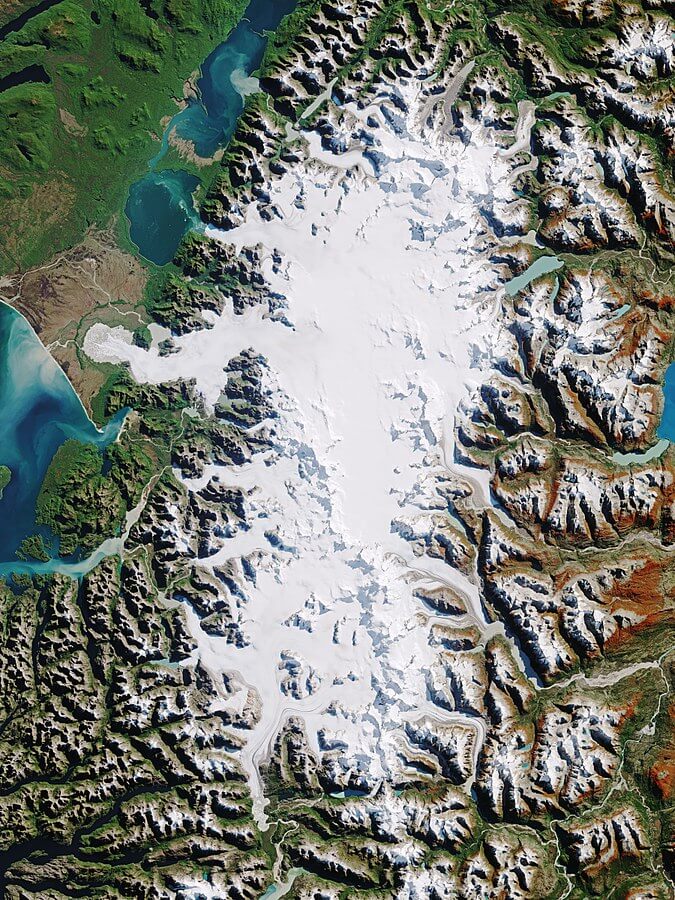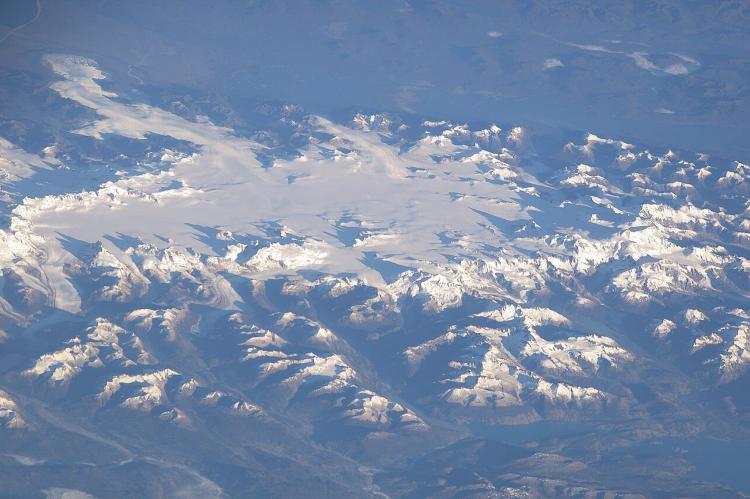The Northern Patagonian Ice Field: A Glacial Legacy of Southern Chile
Nestled amid the scenic vistas of Patagonia in southern Chile, the Northern Patagonian Ice Field serves as a testament to the enduring glacial history of the Andes Mountains. This grand ice field, the counterpart of the expansive Patagonian Ice Sheet, is situated within Laguna San Rafael National Park.
The Northern Patagonian Ice Field
A Glacial Legacy of Southern Chile
Nestled within the picturesque landscapes of southern Chile's Patagonia region, the Northern Patagonian Ice Field stands as a testament to the glacial legacy of the Andes Mountains. As the smaller of the two remnants of the once-vast Patagonian Ice Sheet, this majestic ice field is wholly contained within the boundaries of the Laguna San Rafael National Park.
Glacial Heritage and Geological Legacy
The roots of the Northern Patagonian Ice Field trace back to the Quaternary glaciations, during which the expansive Patagonian Ice Sheet covered both Chilean and Argentine Patagonia. Today, the two lobes, north and south, are remnants of this colossal ice sheet that peaked around 18,000 years ago. Despite its significantly diminished size, the Northern Patagonian Ice Field and its southern counterpart constitute the largest expanse of ice in the southern hemisphere outside Antarctica.
Survival and Environmental Conditions
With glaciers mainly in retreat, the Northern Patagonian Ice Field encompasses an area of 4,200 square kilometers (1,620 square miles). It maintains its status as the second-largest continuous ice mass outside polar regions. Positioned at elevations ranging from 1,100 to 1,500 meters (3,600 to 4,900 feet), its survival is attributed to favorable terrain and a cool, moist marine climate. These conditions have allowed the ice field to persist as a captivating natural wonder amidst the Patagonian landscape.
Glacial Dynamics and Features
Despite being smaller than its southern counterpart, the Northern Patagonian Ice Field boasts 30 significant glaciers along its perimeter. The glaciers, shaped by the relentless force of ice over time, creep downslope through mountain valleys and give rise to the awe-inspiring "outlet glaciers." These glaciers, including the notable San Rafael and San Quintín, exhibit diverse terminations, with some ending abruptly on land and others reaching the Pacific Ocean.
San Rafael Glacier, originating near the imposing Monte San Valentín, the tallest summit in Patagonia, flows westward into Laguna San Rafael. This glacier actively calves icebergs from its front into the lagoon, showcasing one of the most dynamic calving processes globally. San Quintín, a "twin" glacier to San Rafael, previously terminated on land until 1991, when it receded, forming a proglacial lake within Laguna San Rafael.
Environmental Significance and Conservation
The Northern Patagonian Ice Field, with its glacial grandeur and ecological importance, plays a crucial role in the region's environmental balance. Its meltwater feeds numerous rivers and glacially carved lakes, contributing to the broader hydrological system of southern Chile. The area's significance has led to its protection within the Laguna San Rafael National Park, ensuring the preservation of this glacial heritage for future generations.
Conclusion
The Northern Patagonian Ice Field, with its dramatic glacial features and geological significance, epitomizes the enduring legacy of the Patagonian Ice Sheet. As a bastion of ice amidst the breathtaking landscapes of southern Chile, this natural wonder serves as a testament to the dynamic forces that have shaped the region over millennia.
Despite the challenges posed by climate change, the Northern Patagonian Ice Field stands resilient, inviting admiration for its glacial splendor and reinforcing the importance of conservation in safeguarding Earth's precious natural wonders.

NASA satellite photo of the North Patagonia Ice Field.
